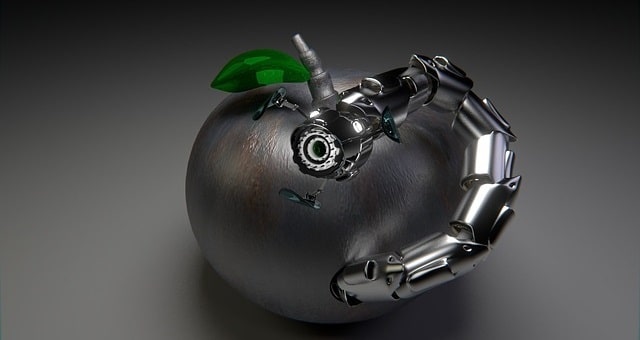How technology is improving waste management
In the 20 years between 1996 and 2016, the population of Australia rose by 28 per cent, but its waste production soared up by 170 per cent.
This has paved the way for smarter thinking in the industry, with a range of new technologies and innovation being rolled out to help reduce the volume of waste reaching Australian landfill sites.
Here are some of the major technology initiatives that are being trialed, and what they mean for the future of waste collection in Australia moving forward.
Councils embrace tech advancements
One of the first, fully automated waste management services in Australia is well underway and on trial on Queensland’s southeast. And it is already attracting attention and industry awards.
The award winning Greater Toowoomba Waste Management Facility is breaking new ground in waste management innovation.
Their ambitious system covers a 13,000sq km area, managed from a central control room. Toowoomba Regional Council Water and Waste portfolio leader Cr Bill Cahill said the network helped create greater efficiencies.
“New technology helps staff monitor and track waste streams at each location and different times of the year. This can identify potential issues, such as the delivery of hot coals in the cooler months,” he said.
The system is already working, with the council reporting that loads to landfill had been reduced by a staggering 72 per cent in the first 12 months of operation.
TRC Water and Waste Services General Manager Kevin Flanagan said further innovation would push that number up to 90 per cent.
“Further examples of cost benefits include the ability to remotely monitor individual facilities to determine whether a truck needs to turn up to service a site,” he said.
“The use of electronic gates saves approximately 456 (man) hours per year at one facility alone.
“Data from licence plate cameras track where every vehicle goes on site, which is a first in Australia, with information linked to transaction management.”
An end to the humble wheelie bin?
Brisbane City Council is currently pushing for an automated waste removal system that sucks rubbish underground to be implemented in new inner-city developments.
Swedish company Envac are already rolling out the revolutionary system on 52 hectares at Maroochydore on the Sunshine Coast, and Brisbane City Council is pushing for the system to be included in new inner city developments.
The system uses sensors to detect when tubes are ready to be whisked away underground, is dynamic to avoid blockages and allows for easier recycling.
Envac regional president Chun Yong said: “My belief, based on my experience in other countries, is that our system will revolutionise waste collection in Australia.”
Better management of organic waste
A study has revealed that the average household bin contains 60 per cent organic waste, made up of 40 per cent food scraps and 20 per cent garden waste.
Already, state governments across Australia recognise this as a key area that needs to be improved on to reduce what ends up in landfills, with white papers and action plans listed across the country identifying this as a major concern.
The assumption can be made that organic waste is not harmful, as it is natural, but that’s not the case. In fact, organic waste can be the most dangerous product in our landfills as they generate methane, a powerful greenhouse gas that is 20 times more potent than carbon dioxide.
Reports prepared by governments across the country outline the need for organic bins for households, and the six regional councils in the Bendigo region of Victoria have already made this a reality.
This waste is feeding into a pilot program to convert organic discards into energy, Central Victorian Greenhouse Alliance executive officer Sonny Neale said.
“We’re building a business model … to allow the six councils to convert 43,000 tonnes of organic waste into effectively a 6-megawatt power generation station.
“Instead of spending $3 million to $4 million dollars disposing waste, they’re going to save up to $12 million a year in electricity, heat transport and other costs.”
The Australasian Waste & Recycling Expo runs from August 29-30 at the ICC Sydney, Darling Harbour.
Want more? Subscribe now to stay up-to-date with the latest.
-
Subscribe to the latest industry news, insights and AWRE updates.
- Subscribe

